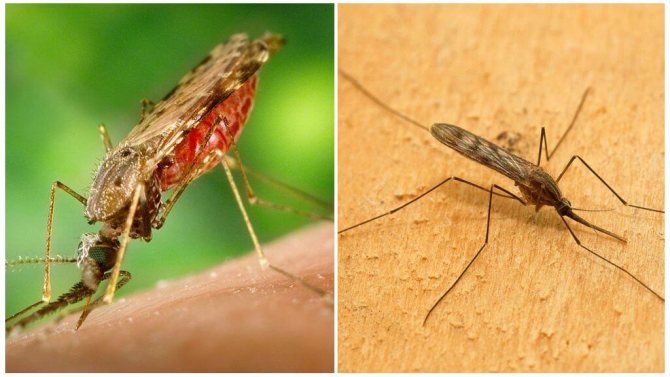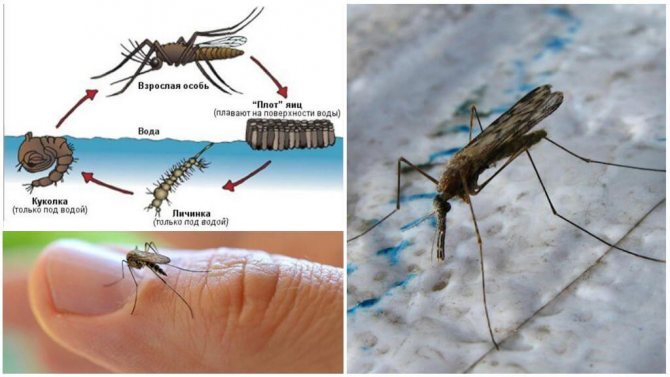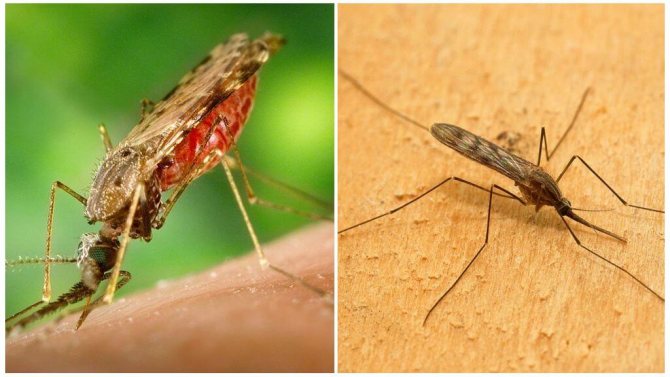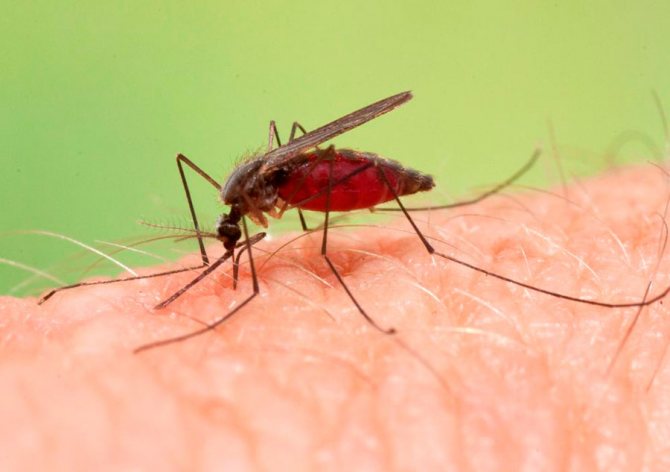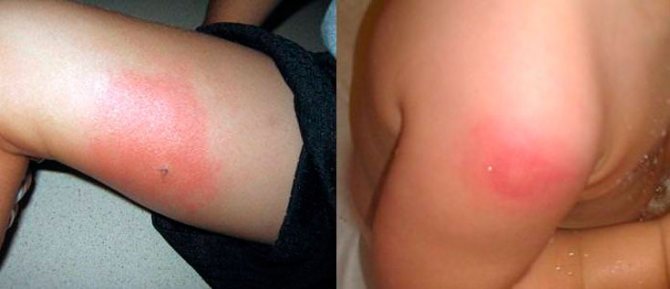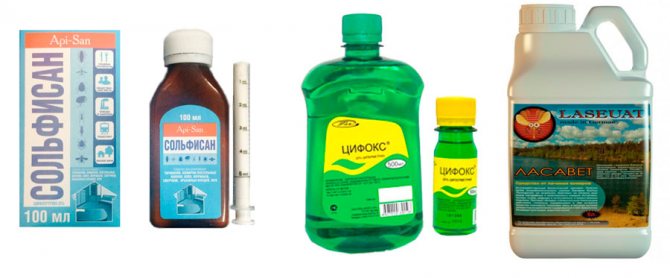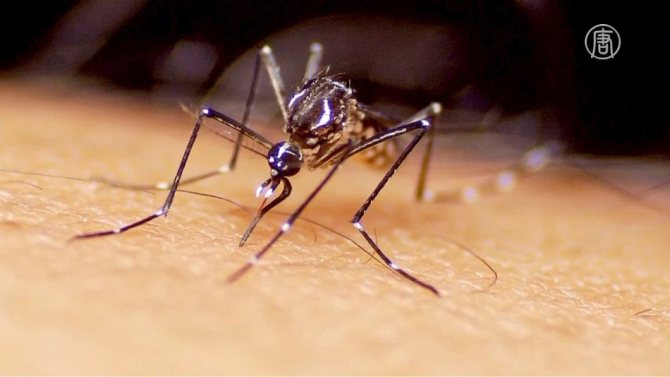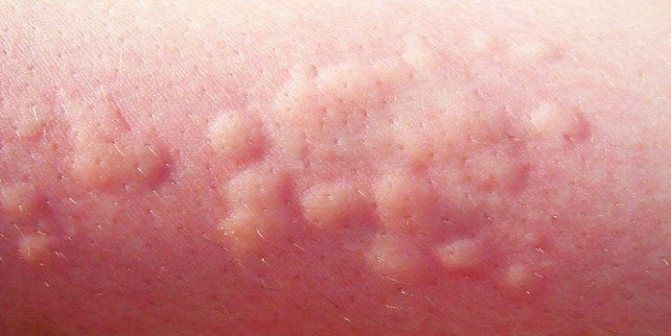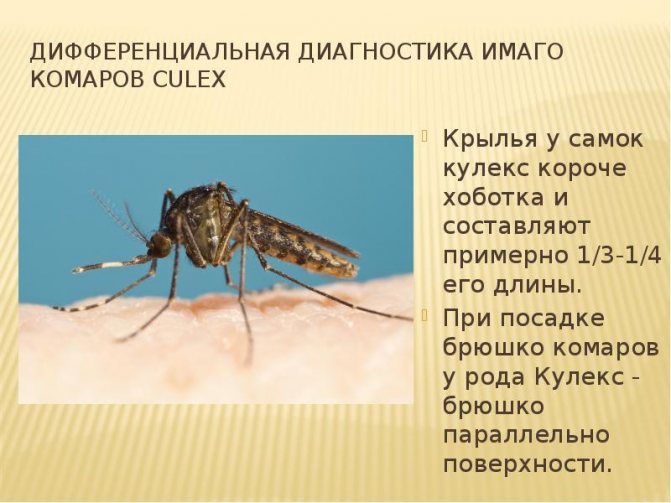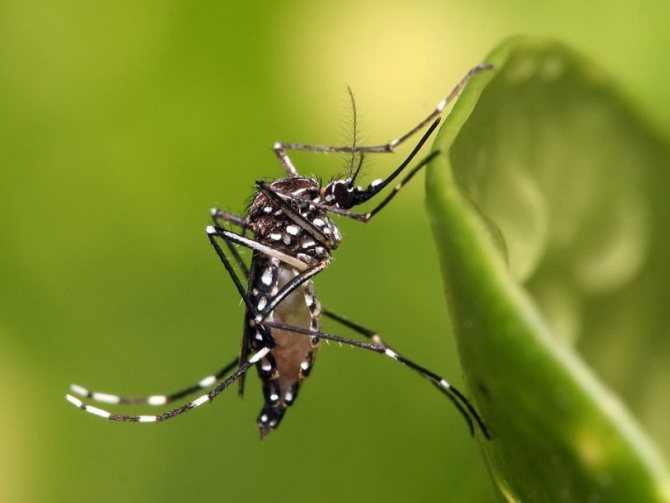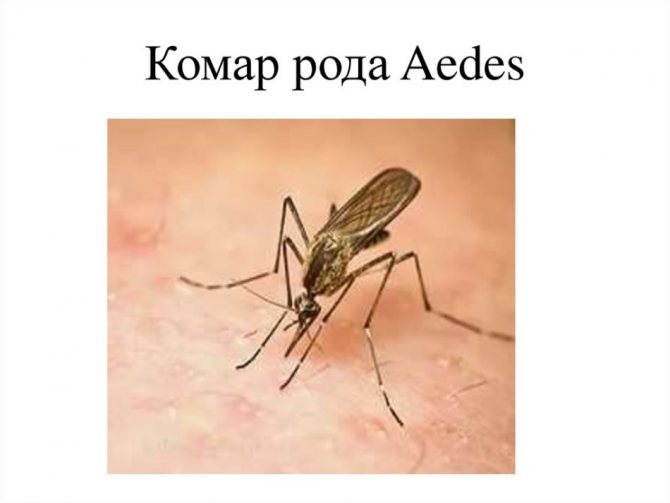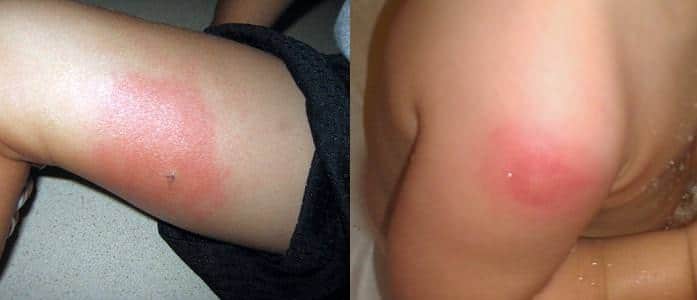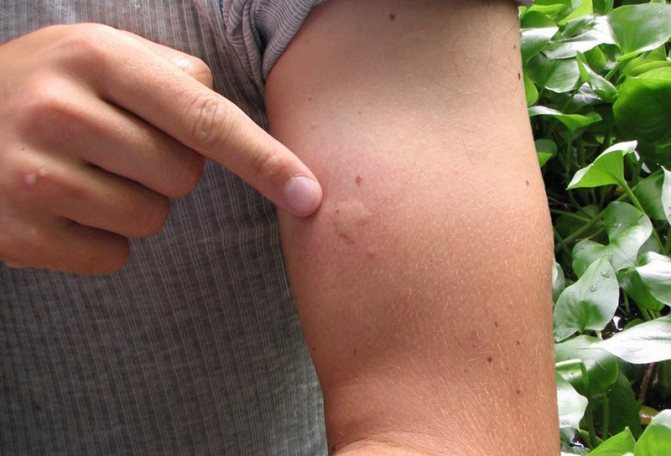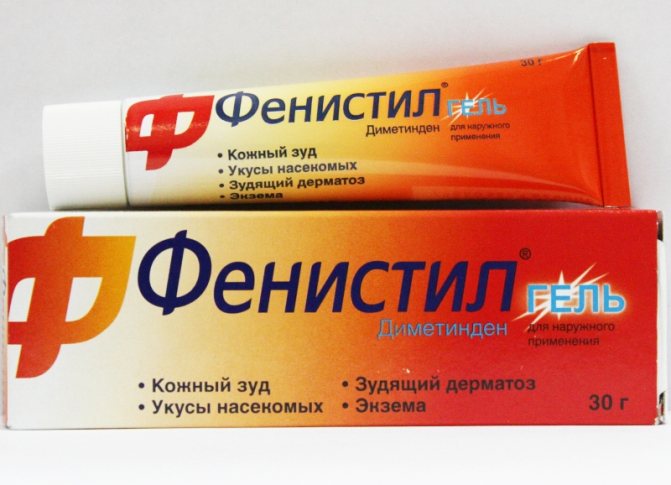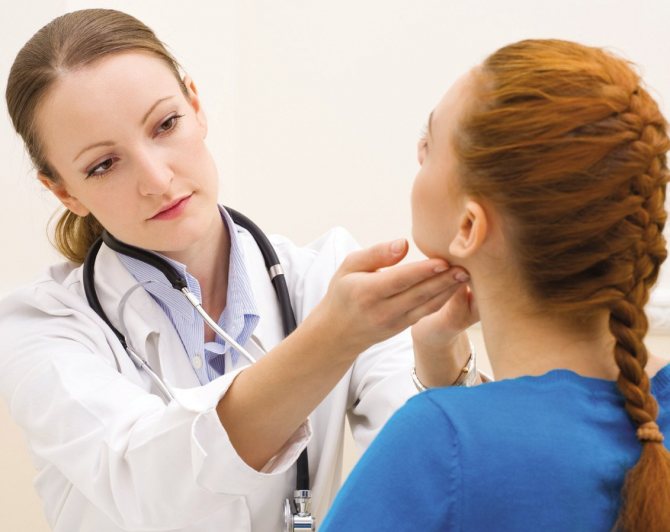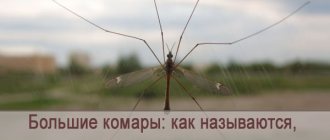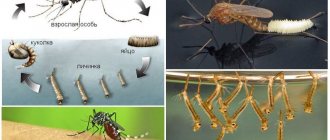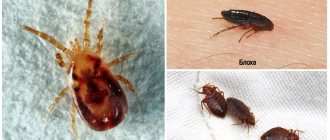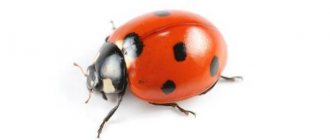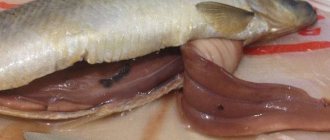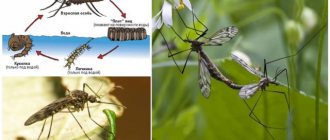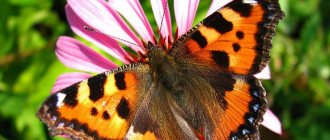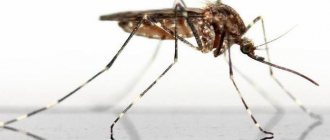Anopheles mosquito: the appearance of a tainted insect

Anopheles mosquito at the time of defeat
What kind of insect is it that brings trouble to its victim? They belong to the order of Diptera. They have an elongated body up to 10 mm long, long legs, and a small head. The wings are covered with scales, at rest - they are located one above the other.
Malaria mosquitoes have a complex jaw system. It consists of a long trunk and a lower lip - a tube, inside which there are jaws-files. Having cut through the skin, the insect pushes the proboscis to the depth of the nearest capillary, from where it sucks blood.
Treatment
After determining the type of mosquito, the doctor will prescribe treatment. Nowadays, to combat malaria, they use:
- quinine;
- combination drugs with artemisinin;
- extract of annual wormwood (Artemisia annua).
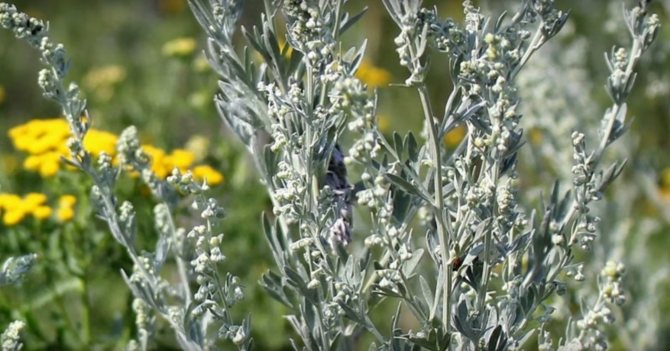

In some cases, an extract of annual wormwood is used to treat malaria.
It is interesting! The first single-dose drug to fight malaria was developed at the University of Texas Medical Center. However, it is still at the testing stage.
How to tell a common mosquito from an anopheles mosquito


On the left in the photo is an anopheles mosquito
In appearance, it is extremely difficult to distinguish them from each other, although experts note a number of features.
- The hind legs of anopheles mosquitoes are much longer than the front ones.
- The position of the body, as if upside down (lifting the back). Common mosquitoes keep the body straight (parallel to the surface).
- Anopheles mosquitoes have dark spots on their wings.
- The whiskers, located next to the tubular lip, are much shorter in common mosquitoes than in malaria.
A photo of an anopheles mosquito gives a complete picture of its difference from the usual. An interesting feature of malaria mosquitoes is how they fly up to the victim, before being bitten - performing a kind of ritual dance.
Descriptions
The life cycle of malaria practically does not differ from the development of ordinary mosquitoes:
- Eggs... After drinking blood, the female lays eggs. As a rule, standing water is selected for this. Unlike the squeak, which leaves eggs stuck together into a single whole, the malaria lays eggs in water separately. Each clutch can contain up to two hundred eggs. If conditions are good, they turn into larvae within a few days.
- Larvae... In this stage, insects have large breasts and a well-defined head. These larvae do not have a breathing siphon. This feature makes them stick to the very surface of the water.
- Pupae... After the larva passes through several stages of molting, it turns into a pupa. On closer inspection, you will notice that the chest and head merge into a single whole. To swallow air, pupae have to periodically float to the surface of the water.
- Imago... After about five days, an adult mosquito emerges from the pupa. This is the last stage of development. In an adult, an elongated body is observed, on which a miniature head is barely visible. The elongated hind limbs are also clearly visible here.
The first three stages take place within 10-14 days. This is influenced by the temperature of the water and the environment. An adult can live for 2-4 weeks.
(Video: “Anopheles mosquitoes”)
"Diet" or why the malaria mosquito is dangerous
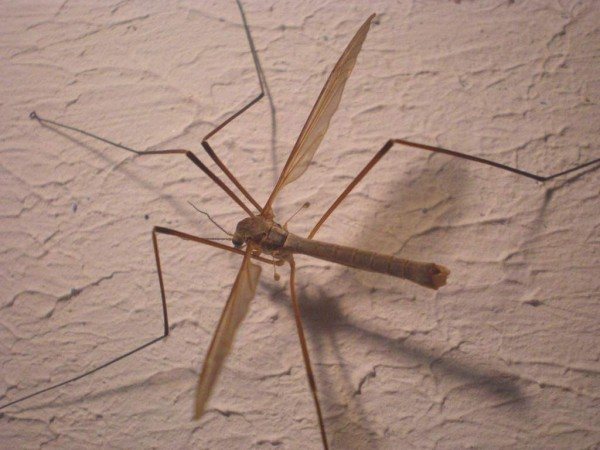

The female anopheles mosquito is larger than the male
It is the female mosquitoes who are saturated with blood, while the males drink the flower nectar. When insects are born, they swarm and mate. A fertilized female needs protein to lay eggs, and therefore her blood-sucking instinct is manifested. After laying eggs, for two days, the females are not dangerous, they feed on plant sap. Then, everything is repeated from the beginning - she fertilizes, looks for a victim and lays eggs. In this chain, only the initial stage, after fertilization, is safe for the "victim". Having bitten a patient with malaria, the mosquito becomes a carrier of the virus of a dangerous disease.
Features of character and lifestyle
The malaria mosquito is active and bites exclusively at night. Thanks to special infrared vision, they sense warm-blooded victims even in pitch darkness.
Distinctive features of anopheles are mobility and maximum endurance. In search of food or a suitable place to lay eggs, an insect can fly several kilometers. Their flight speed is 3-4 km per hour. But this applies only to females, males spend most of their lives in flower meadows.
Anopheles, which is found in regions with tropical climates and high levels of humidity, remains active throughout the year. Insects living in cooler countries hibernate and wake up only in spring.
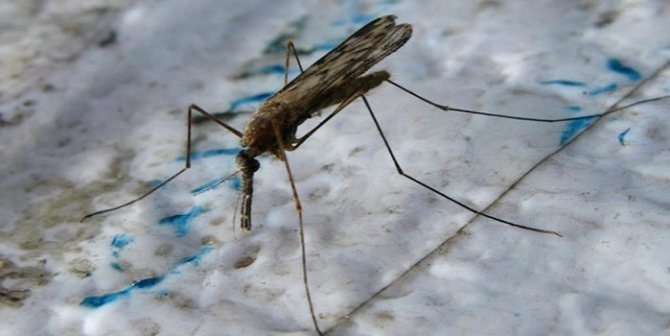

Anopheles hibernates in a secluded place and wakes up in the spring
Where bloodsuckers live - carriers of infections
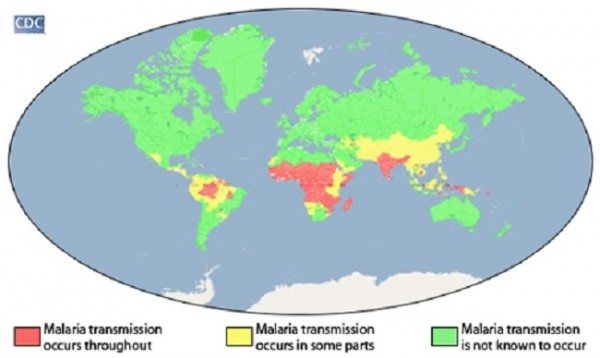

The regions of the anopheles mosquito are marked in red
Malaria mosquitoes are adapted to life on almost all continents. They are absent only in areas with extremely cold climates. For reproduction, they need reservoirs, on the surface of which, they lay eggs. A larva hatches from the egg and stays in the water until it grows into an adult mosquito. However, not every body of water is suitable for their reproduction - insects will not lay eggs in thickets of duckweed and reeds, in acidic water (wastewater). Mosquitoes choose reservoirs with clean water, algae, which are long and short filaments, where it is convenient for larvae to hide.
Attention! In Russia, several dozen species occupy large territories for their habitat. The common malaria mosquito (Anopheles maculipennis), with 5 sibling species, lives in the European part. In the summer, the Republic of Tatarstan and Kazan suffer from them.
The twin of the common malaria mosquito - Anopheles messeae, in addition to the European part, lives behind the Ural Mountains (the range extends to Mongolia), in the Amur Region. The most “cold-resistant” mosquito that lives in the taiga is Anopheles beklemishevi. He lives where even the causative agent of malaria does not survive.
Habitat
The malaria mosquito can be found on any continent except the harsh Antarctica. They do not live in the far north and in desert areas. It is not true that this type of mosquito can be found only in the humid regions of Africa and Asia. Also, malaria mosquitoes live in those countries where there have been no foci of malaria infection for a long time. For example: USA, Japan, China, Russia and European countries.
The current level of health care in these countries plays an important role in the elimination of the malaria virus. Also, the countries located closer to the north are in absolute safety, since they do not have favorable conditions for the development of the causative agent of the virus inside the malaria mosquito.
Interesting! Today, around the world by dipterologists, there are more than four hundred species of anopheles mosquito.
Danger to life from human health
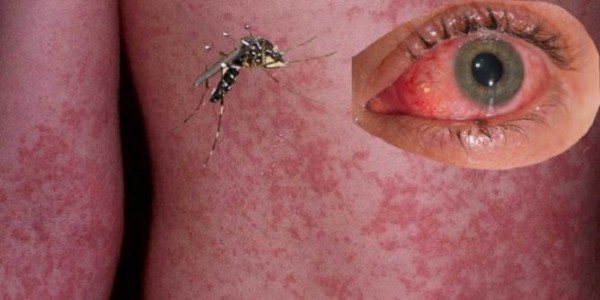

Outward signs of malaria
- Scientists in many specializations are working on research into diseases that are transmitted by malaria mosquitoes.Malaria is the first to spread. In African countries, it kills more than a million children every year. The main carriers of tropical malaria are female Anopheles gambiae.
- The second largest group of diseases caused by a large number of filamentous worms. Sucked into the blood of an infected person (with many microscopic worms) through the mouth, the mosquito transfers them to healthy people. As a result, they clog blood vessels, form blood clots, contribute to the accumulation of lymph in the hands or feet, from which they swell to enormous sizes - "elephantiasis" develops. The countries of South America, Asia and Africa hold the record for the number of deaths from these diseases.
- Another group of diseases that are caused by an anopheles mosquito bite are encephalitis, yellow and tropical fever. This group is characterized by infection with microbes and viruses.
Malaria: symptoms of the disease
This disease can be fatal and each year reaps its bloody harvest, killing up to a million people. Moreover, most of the sick are residents of hot equatorial countries and the subequatorial belt. Note that modern medicine is effectively fighting this disease, therefore, in countries with a highly developed healthcare system, deaths from this disease are extremely rare.
Plasmodium malaria are the causative agents of the disease. They belong to one of the types of protozoan parasites.
The symptoms of the disease are very varied; severe fever, accompanied by a feeling of constant chills, is one of the brightest.


The manifestation of allergies, vomiting, symptoms of anemia also indicate the disease. Blood appears in the urine, severe convulsions are observed. Often the patient complains of tingling in the skin, sometimes the spleen is enlarged. Symptoms like severe head pain and even cerebral ischemia are also common.
Doctors determine an accurate diagnosis based on an analysis taken from two types of blood smears. In the laboratory, a specialist examines a smear, establishing the presence and type of the parasite.
Children and pregnant women are most vulnerable to illness.
Symptoms of bites
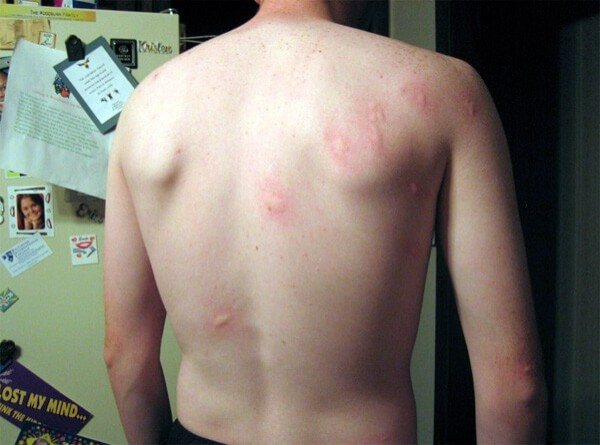

It all starts like this - you need to see a doctor immediately
The main symptom of a mosquito bite is fever, even if a small number of infected parasites have entered the bloodstream. Malaria has 4 forms (tropical, three-day, four-day, oval) with separate characteristics. The disease is divided into three stages, they all have their own symptoms.
- During the first latent period - an acute manifestation of the disease and relapses, headache, chills.
- The second stage is characterized by chills, fever, rapid pulse, convulsions. At the end of the stage, the temperature drops sharply, profuse sweating appears. During seizures, all internal organs suffer, which begin to "malfunction". After 15 such attacks, the infection gradually subside.
- During the second latency period, relapses may occur if the wrong treatment is carried out.
Symptoms such as headache, fever, chills, and significant sweating are common in all forms of malaria, but each has its own characteristics.
Thus, the duration of tropical malaria is from six months to a year. Three-day malaria, in addition to the general symptoms, has attacks alternating every other day, which begin in the morning. This disease lasts 2-3 years. The long course of the disease of four days of malaria, accompanied by attacks in two days. Oval is one of the easiest forms. May go away within two weeks, but generally lasts 3-4 years. Attacks - every other day, in the evening.
How many lives?
Despite the fact that the malaria mosquito does not live long, it manages to bring a sufficient amount of trouble to a person in full measure. The following are the main factors affecting the life of an insect:
- The lifespan of anopheles can depend on the air temperature. The lower the temperature, the higher the lifespan. At 25 degrees of heat, the parasite lives for 46 days, but already at 10 degrees, the lifespan increases to 122 days. Males always live half the size of females.
- The life span of a mosquito is also influenced by its nutrition. If there is enough food, then the life span increases. Males feed on the nectar of flowers, and females feed on blood.
- Any natural disasters, such as droughts, strong winds, regular rains, a sharp change in climate - all this shortens the life of an anopheles mosquito.
It has been noticed that mosquitoes live much less in forest areas. This is due to the fact that it is quite difficult to find food for a female in forest conditions.

